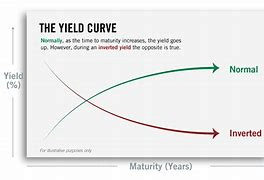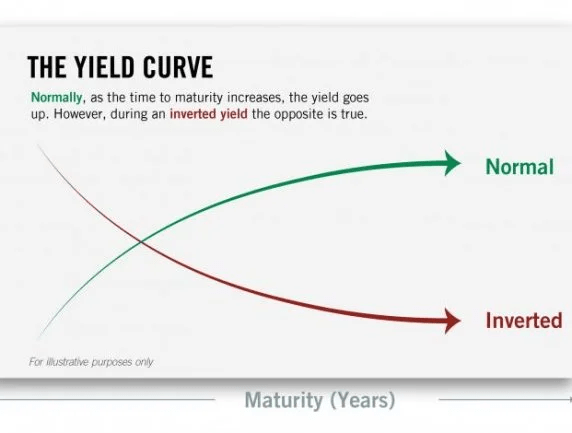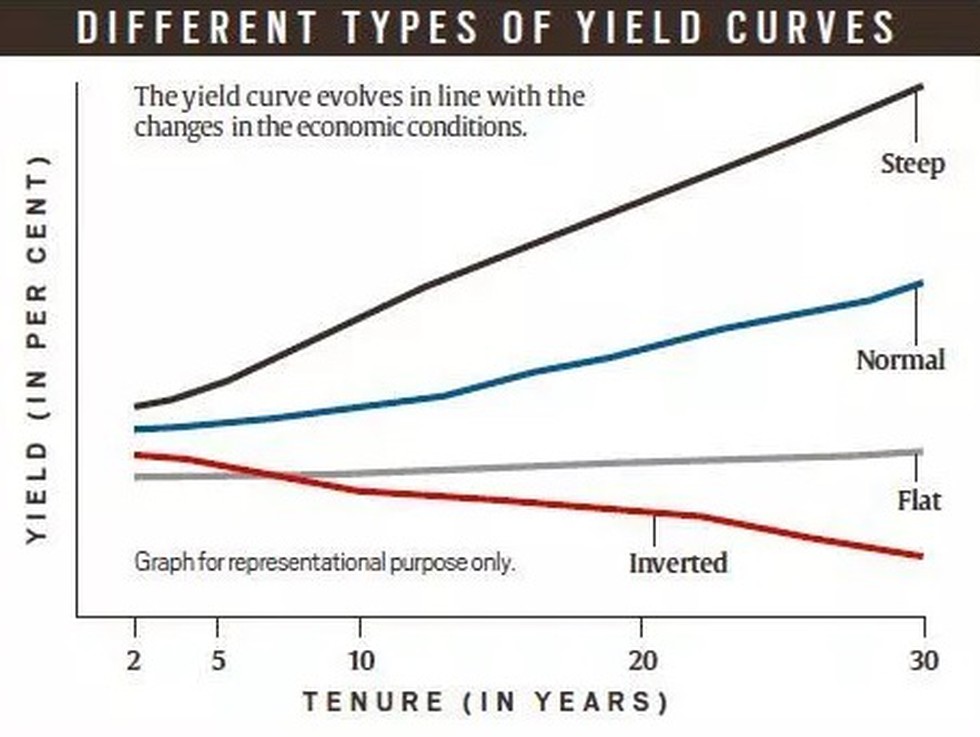Understanding Build America Bonds
By Somnath Basu PhD, MBA [www.clunet.edu/cif]
[Director California Institute of Finance]
There is heartening news for those of us in retirement or approaching it. There’s a new type of bond called the Build America Bond or BAB. The BAB, along with an older and often ignored retirement investment, is viewed as positive developments for those saving for retirement. But, before a doctor, or any investor, jumps into these investments, some background information is required.
The Accumulation Phase
When people in their early careers save, their primary objective should be that their money grows healthily. They generally should invest in stocks which provides for longer run growth. This phase of our financial life can be called the “Accumulation Phase.”
The Preservation Phase
However, people in their mid- to end-careers (roughly between the ages of 40 – 65) start switching their objectives towards a more conservative future growth in their current savings, especially those associated with emergencies and retirement. This phase is usually identified as the “Preservation Phase” where individuals should begin switching their investments towards more fixed-income securities, such as bonds and bond funds. This idea of how reasonable people “should” behave is commonly known as the life-cycle hypothesis of investments.

The Decumulation Phase
Finally, people in retirement, those who are in the phase termed as the “Decumulation Phase,” should have a healthy dose of bond-type investments in their retirement portfolios.
Strange as it may be to some, this opinion about the investment life-cycle actually contains a lot of truth. If most people followed this basic rule, we would be better off this way than by any other method and especially in times like the recent financial tsunami that hit us. Those hit especially hard were people between the ages of 55 and older who held unhealthy amounts of stocks in their portfolios. Following this simplified version of retirement investments is both easy and effective.
All we do as we age is reduce our stock investments and increase our bond investments. While such a strategy reduces the growth of our wealth it also protects us from large to calamitous losses.
Unfortunately, the last 10 years or so have not been good for bond investments because bond prices have been at or near all-time highs and their returns near all-time lows. The following picture shows the rates one would earn by investing in the government’s (highest safety) 10-Year Treasury Note. Many bonds and mortgages (and subsequently the respective funds) use the 10-Year rate as the benchmark rate.
Graph: 10 T Year Note
As can easily be seen, these rates have come down steadily. A result has been the difficulty, of late, to find (the safer type) bond funds because they have been so expensive. However, one recent development in this field is worth mentioning: that is the emergence of a class of (stimulus-related) bonds known as the “Build America Bonds” or BABs, which for the first time in many years offers investors a very suitable entry to convert stocks into bonds. BABs, which were introduced in April 2009, are an innovative new tool for municipal financing created by the American Reinvestment and Recovery Act of 2009. BABs are taxable bonds for which the U.S. Treasury Department pays a maximum of 35 percent direct subsidy to the issuer to offset borrowing costs.
The second issue of note is that at this point, it is quite expensive to hold cash in money market type funds because of the dismal rates offered on very short-term products. An alternative that physicians and all investors should contemplate purchasing instead of CDs, and money market deposits, is a class of bonds, issued by the Government and known as Treasury Inflation Protected Securities, or TIPS. These investments sold directly by the government to you (at http://www.TreasuryDirect.gov) are excellent vehicles for holding funds as they guarantee that your money will hold its buying power over time and a bit more. TIPS are a great way to hold the capital you will need in the short term. The following picture shows the stability of the TIPS rate; a much safer and more stable investment opportunity than short term Bank CDs, recent money market funds, etc.
Graph: TIPS Rate
Build America Bonds [BAB]
The Build America Bonds program, created by the American Recovery and Reinvestment Act, allows state and local governments to obtain much-needed financing at lower borrowing costs for new capital projects such as construction of schools and hospitals, development of transportation infrastructure, and water and sewer upgrades, according to a recent U.S. Treasury Department press release. Under the Build America Bonds program, the Treasury Department makes a direct payment to the state or local governmental issuer in an amount equal to 35 percent of the interest payment on the bonds.
Here’s how BABs work according to the Treasury Department:
“The bonds, which allow a new direct federal payment subsidy, are taxable bonds issued by state and local governments that will give them access to the conventional corporate debt markets. At the election of the state and local governments, the Treasury Department will make a direct payment to the state or local governmental issuer in an amount equal to 35 percent of the interest payment on the Build America Bonds. As a result of this federal subsidy payment, state and local governments will have lower net borrowing costs and be able to reach more sources of borrowing than with more traditional tax-exempt or tax credit bonds. For example, if a state or local government were to issue Build America Bonds at a 10 percent taxable interest rate, the Treasury Department would make a payment directly to the government of 3.5 percent of that interest, and the government’s net borrowing cost would thus be only 6.5 percent on a bond that actually pays 10 percent interest.”

Assessment
According to the Treasury Department, Build America Bonds have had a very strong reception from both issuers and investors. From the inception of the program in April 2009 to March 31, 2010, there have been 1,066 separate Build America Bonds issuances in 48 states for a total of more than $90 billion. Read more about BABs at this site
http://www.treas.gov/press/releases/docs/BuildAmericaandSchoolConstructionBondsFactsheetFinal.pdf
Now, until the general level of interest rates go back to their normal states, it will be difficult to find another opportunity such as this one. This is especially true of investments that are made to local governments through their taxable investments. Municipal bonds are typically considered less risky. Add to this the partial guarantee of the Govt. and you have the makings of a very safe Bond fund providing an average yield of nearly 6% for medium-term duration. There has been a dearth of such fixed income investments in the Bond markets for quite a while. Thus, for doctors and all of us at or nearing retirement age, an exploration and investigation of BABs is an absolute must.

Editor’s Note: Somnath Basu PhD is program director of the California Institute of Finance in the School of Business at California Lutheran University where he’s also a professor of finance. He can be reached at (805) 493 3980 or basu@callutheran.edu. See the agebander at work at www.agebander.com
Conclusion
Your thoughts and comments on this ME-P are appreciated. Feel free to review our top-left column, and top-right sidebar materials, links, URLs and related websites, too. Then, subscribe to the ME-P. It is fast, free and secure.
Link: http://feeds.feedburner.com/HealthcareFinancialsthePostForcxos
Speaker: If you need a moderator or speaker for an upcoming event, Dr. David E. Marcinko; MBA – Publisher-in-Chief of the Medical Executive-Post – is available for seminar or speaking engagements. Contact: MarcinkoAdvisors@msn.com
OUR OTHER PRINT BOOKS AND RELATED INFORMATION SOURCES:


Filed under: Financial Planning, Investing, Retirement and Benefits | Tagged: American Reinvestment and Recovery Act, Build America Bond, California Institute of Finance, california lutheran university, Decumulation Phase, retirement planning, Somnath Basu, TIPS bonds, treasury bonds, Treasury Inflation Protected Securities, Treasury notes | 3 Comments »





























